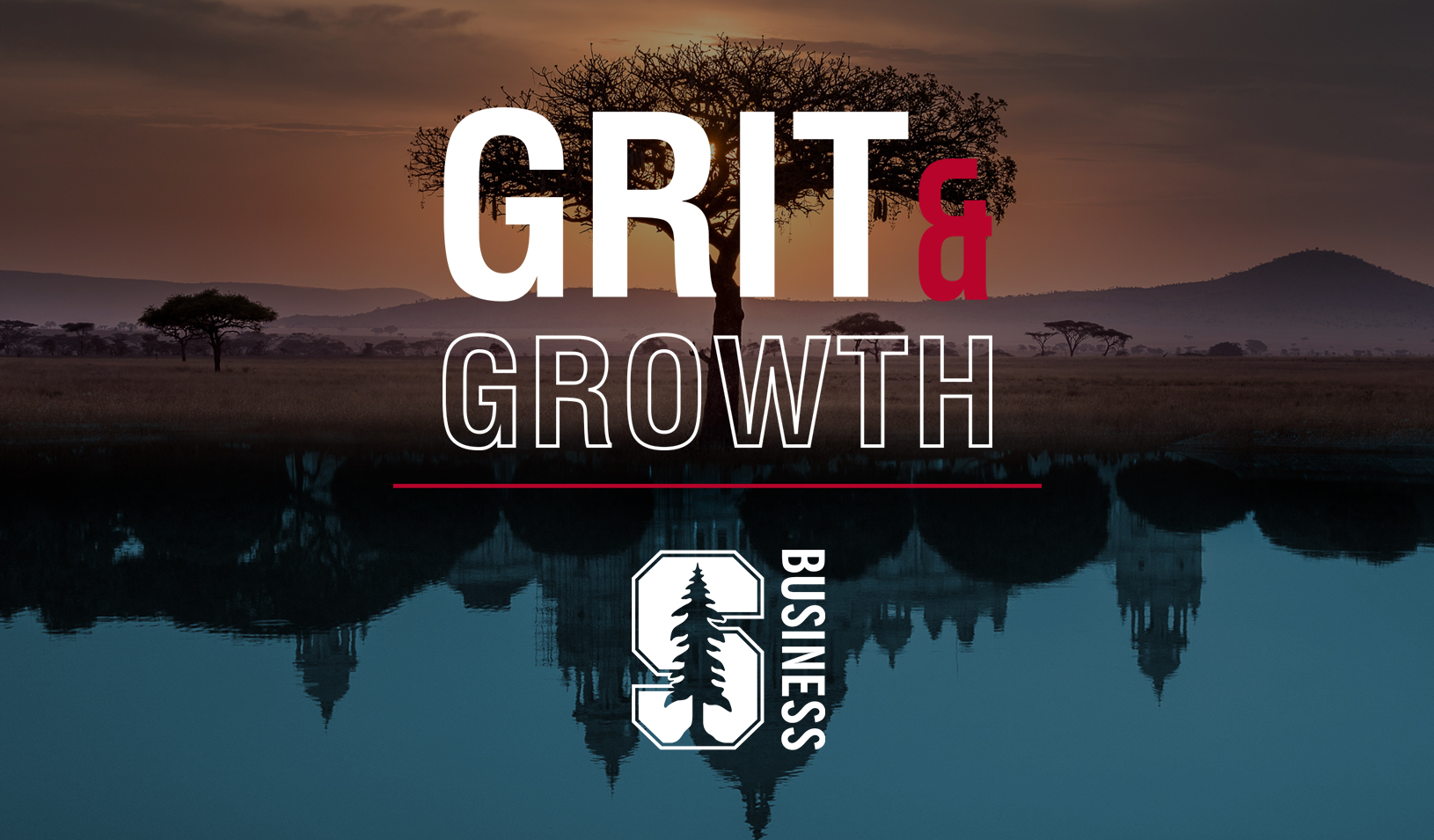Friendster’s Jonathan Abrams: Failure Is a Matter of Perspective
The founder and former CEO of the social networking website says "to an entrepreneur the ups and downs sound cool rather than scary."
November 01, 2010
MBA students crowded into a Stanford Graduate School of Business classroom to listen to Jonathan Abrams, the founder and former CEO of the social networking website Friendster, answer the question of how to survive the torrential waters of entrepreneurship. His response: “I don’t know.”
In addition to Friendster, the self-described serial entrepreneur founded the social bookmarking website Hotlinks and the online event management service Socializr. However, his career in startups has been a roller coaster ride. Hotlinks went down in the dot-com crash in the early 2000s, and Friendster, which was left behind years ago by juggernaut social networking site Facebook, is now used as a business school case study of what not to do. Despite the ups and downs, Abrams doesn’t know exactly what compelled him to move forward.
“Most people don’t cross the fear chasm, and with good reason because most startups fail,” he explained. “But to an entrepreneur the ups and downs sound cool rather than scary.”
To Abrams, the life of an entrepreneur is not as glamorous as many seem to believe it is. The media often portray the startup as a get-rich-quick scheme when the reality is that most entrepreneurs don’t stay in business. The average new venture bellies up within five years, and the most successful bosses still earn 35% less in 10 years than they would if they were working for someone else, he said. Even when Abrams experienced the lowest valleys of his career, he said it helped to remember that “It’s not just you.”
Back in 2002, Abrams found himself wondering if his career had already peaked at age 29. He had been laid off as a software engineer at Netscape. His startup, Hotlinks, was not going well. Silicon Valley was dead due to the dot-com crash. With free time on his hands, he began to think about a new company that would change the way people viewed online interaction.
At the time, most people who interacted online used handles, like CompGuy254, instead of their real names. Instead, Abrams wanted to abolish the pseudonyms and make a website that would allow its users to connect to their friends and build an online social network. The network became known as Friendster.
“Half my friends loved it, and half my friends thought it was the stupidest thing they ever heard of,” he remembered.
At the time, Abrams had no idea how big Friendster would become. Venture capitalists invested in Friendster early on and raised millions to expand the social network. Publications like Entertainment Weekly and Vanity Fair deemed Abrams a “Breakout Star of 2003” and “The Social Pioneer.”
However, as with most startups, the ups didn’t last. The website experienced several performance issues, such as long loading times. Many of the investors wanted to partner with other companies instead of focusing on the basic problems of the website. Competition from other companies, even before Facebook came onto the scene, began to overwhelm. Eventually, Abrams lost control of his company and was replaced as CEO.
When looking over his own entrepreneurial rollercoaster ride during the talk organized by the student Entrepreneur Club, Abrams told the MBAs that it was probably smarter to not be an entrepreneur in the first place. His newest company, Socializr, is not growing as he hoped, and he is currently in the process of selling it. “Am I Charlie Brown? Always running for the football?” He chuckled.
In the end, he said, it’s how you perceive failure. Although Friendster is often called an “iconic failure,” it is still in business today, which is better than most startups. It has millions of users in Asia, and it inspired an entire industry of online communication.
As for the future, “You never know what can happen next,” Abrams said.
For media inquiries, visit the Newsroom.
Explore More

Short Takes: Trailblazing the Internet of Things in Bangladesh

Gender, Generations, and Tech Give a Richer Picture of Latino/a Entrepreneurs



